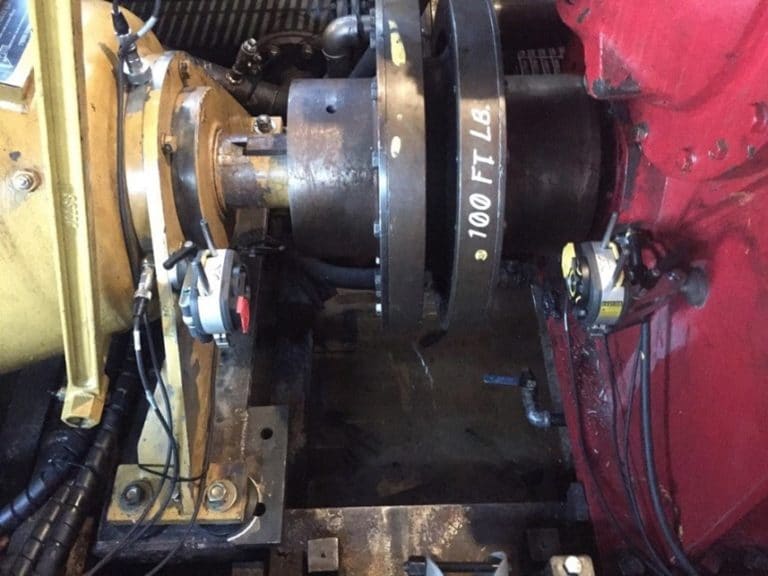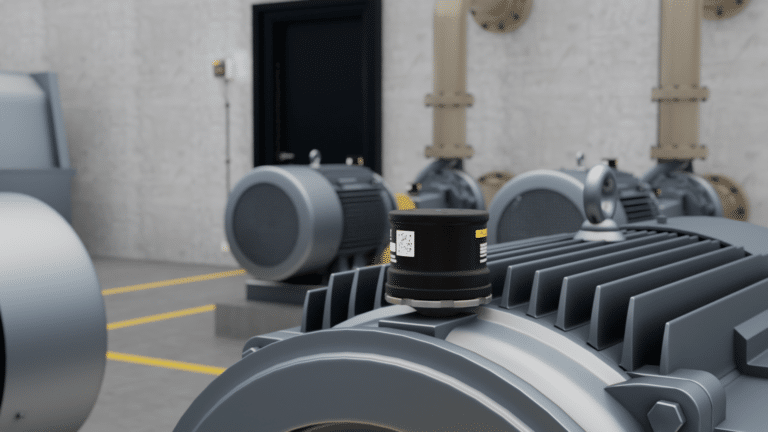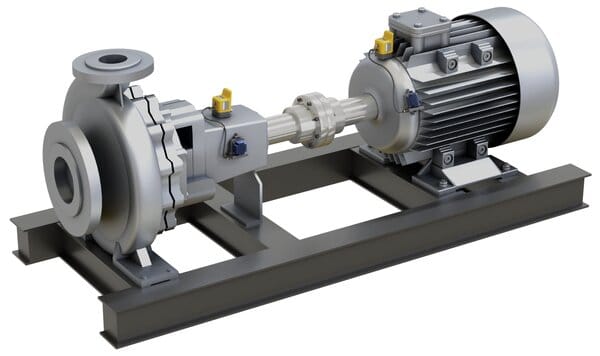Vibration monitoring and analysis has received a significant amount of buzz, but is it really worth the hype? Here we dive into the value of using vibration monitoring and analysis in every operation, and why this capability is both essential – and achievable – for operations of any size and budget.
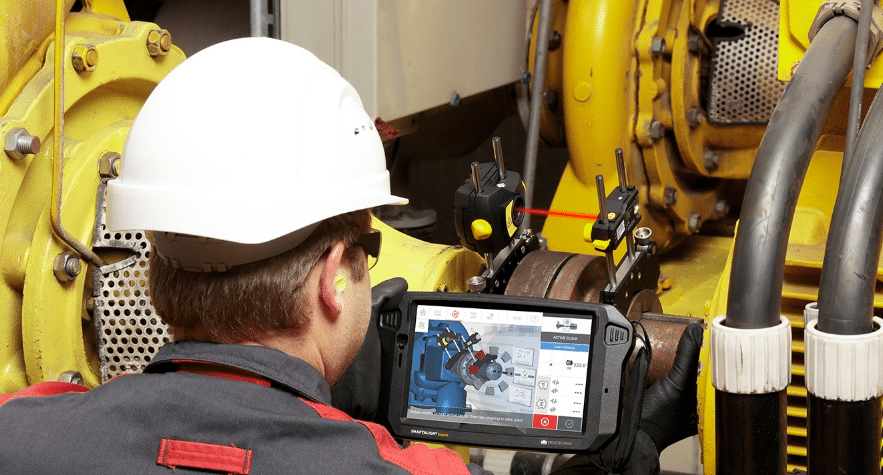
What is Vibration Monitoring for Condition-Based Maintenance?
Using vibration monitoring, maintenance teams can identify machine faults and take action when it makes the most sense, rather than too early or too late. This is part of a practice is known as condition-based maintenance. Condition-based maintenance relies on machine condition, rather than a calendar or usage, to identify and plan maintenance actions. It improves uptime and asset life, decreases unplanned downtime, prevents equipment failures, and eliminates unnecessary maintenance actions — that is, those performed because the calendar says, regardless of machine condition.
Vibration Monitoring vs. Vibration Screening
All machinery vibrates, but excess vibration can be an early signifier of potential issues. It can also cause premature wear in components, lead to unsafe conditions and shorten asset life. Vibration monitoring automates the data collection process and makes it possible to detect and diagnose problems before they become severe.
To collect data, vibration monitoring devices are installed directly on machinery. A tiered approach to vibration monitoring involves using wireless vibration monitoring sensors that capture extensive data on the most critical assets, while using screening sensors for the remainder. This strategy makes it possible to monitor all assets, without being cost prohibitive.
Screening sensors are an effective way to monitor semi-critical assets, which don’t require full spectral data on a regular basis. These sensors collect quick snapshots of data that can tell maintenance teams whether machines are functioning correctly or not. If a machine isn’t functioning correctly, the team can perform an inspection, collect additional data, and determine next steps. Vibration screening is akin to performing triage.
Critical assets, on the other hand, benefit from more powerful sensors that are capable of capturing more extensive data. Analysis data is much more detailed than screening data and makes it possible to look at patterns in order to identify faults.
Using vibration monitoring on all assets helps facilities ensure they have a view into their overall asset health. With the ability to make accurate predictions about when equipment will need maintenance, teams can prevent equipment failures and unplanned downtime.
Vibration data can be collected from a wide range of asset types. For example, wastewater treatment plants use a variety of pumps, blowers, and compressors, while conveyor belts in the food and beverage industry have many small motors and gearboxes. Vibration data from all of these assets can be collected and analyzed to help teams plan and prioritize their maintenance activities.
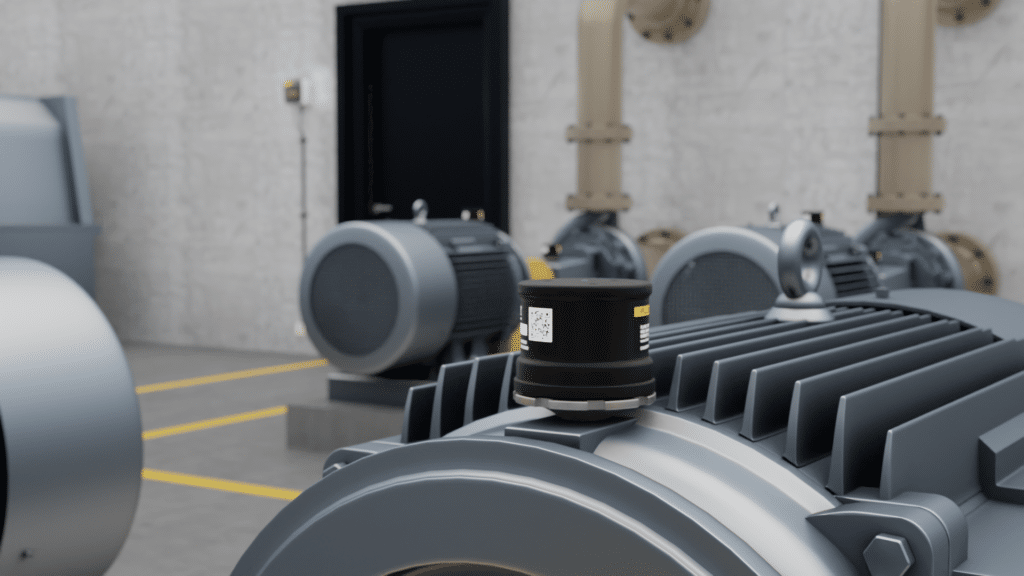
How Does Vibration Monitoring and Analysis Work?
Vibration analysis is simply using a machine’s vibration data to identify faults. Detection involves trending a machine’s vibration level and quantifying any deviations from the norm. Analysis goes deeper than detection and involves determining the nature of the problem. When vibration sensors detect a significant change, vibration analysis is used to find out what caused the change. Part of vibration analysis is recognizing patterns, but it takes training and experience to spot and read all of the necessary patterns.
Using accelerometers, vibration monitors measure changes in the amplitude, frequency, and intensity of vibration. The four most common types of faults detected by vibration are imbalance, looseness, misalignment, and bearing wear. Collecting vibration data over time enables teams to compare measurements, spot patterns, and quickly pinpoint abnormalities. When failure mode patterns emerge, they can identify potential faults well before they occur.
Software analytics can track and trend vibration data over time, providing insights and leading to improved decision-making. Historical trends can help maintenance teams focus how they spend their time and energy — and make impending faults easier to detect. Using wireless technology, vibration sensors can connect to software that helps maintenance teams make sense of the data collected and determine the most effective corrective actions.
The Value of Vibration Monitoring and Analysis
Vibration monitoring is a scalable way to gather data from numerous assets. With vibration sensors monitoring equipment around the clock, maintenance teams can spend less time taking manual readings — yet still have a clear picture of the health of their assets. And when vibration monitoring sensors are placed on assets in harsh or hazardous environments, or even just hard-to- reach places, technicians can reduce their trips to those assets to an as-needed basis.
When sensors are paired with cloud-based software, technicians can access vibration data and insights from mobile devices wherever they are. Remote access keeps them safer — and reducing route-based maintenance enables technicians to devote their time and attention to the most important tasks.
Because planned corrective repairs carry less risk than emergency repairs, technicians experience safer work conditions when the need for emergency repairs is dramatically reduced.
There are direct budget benefits, too — not only from preventing unplanned downtime and production stoppages but also from making it possible to better plan scheduling and inventory, ensure the accuracy of productivity estimates, and extend asset life.



